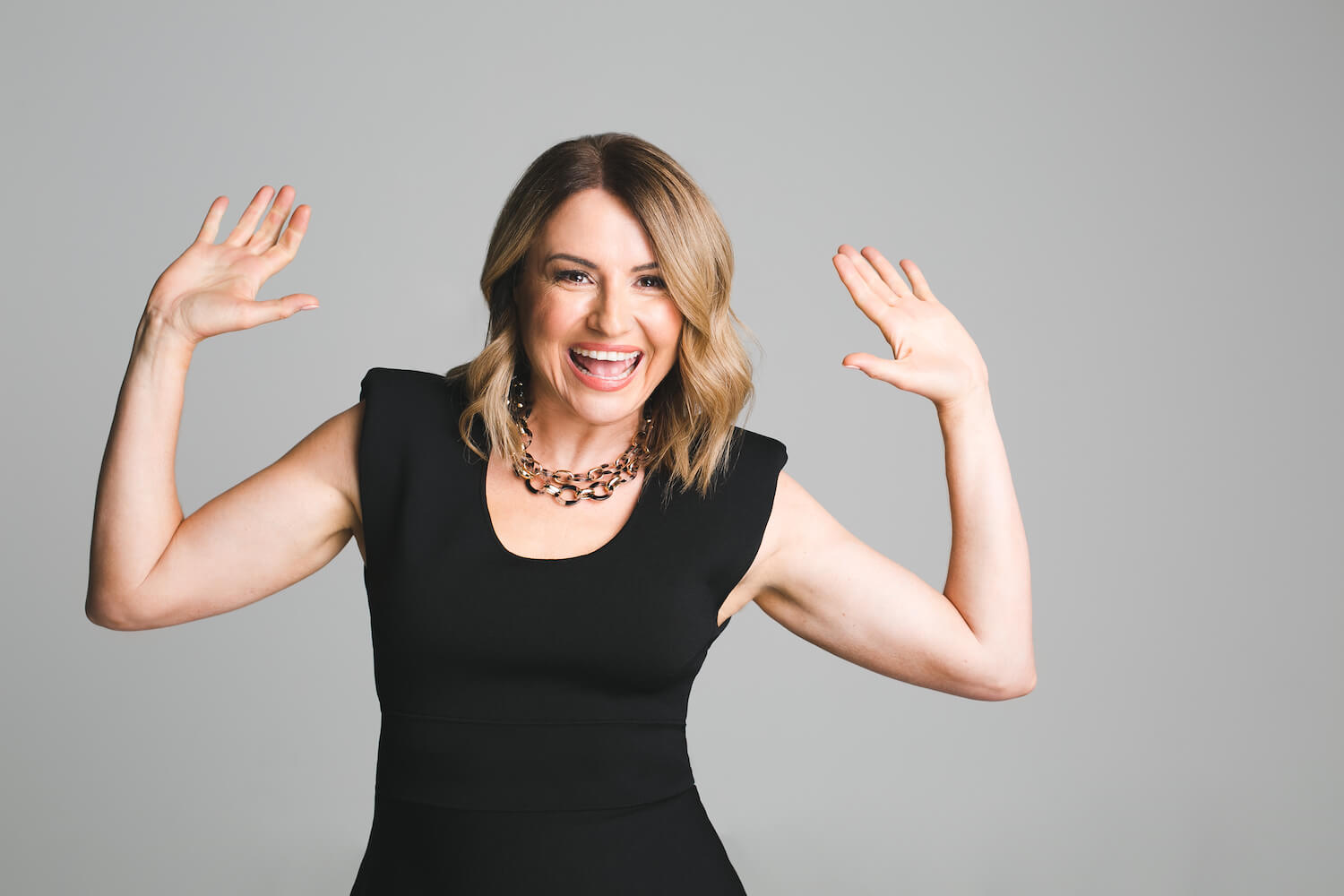At 45, Paula was the embodiment of success. As a senior partner in a prestigious law firm, she navigated boardroom strategies as seamlessly as she did the ocean waves during her cherished sailing escapes with her husband.
Yet, a shadow loomed.
Every morning, after what felt like a solid seven hours of sleep in her plush bed, exhaustion clung to her.
More concerning than the physical weariness were moments of cognitive cloudiness, momentarily dimming her usually incisive focus.
This wasn’t merely the aftermath of workplace strain. Memories of her grandmother’s dementia in her twilight years magnified Paula’s anxiety.
Unbeknownst to Paula, beneath the uneventful facade of her nightly rest, a silent challenge was at play – sleep apnoea.
Carrie Fisher’s Silent Struggle
The name Carrie Fisher conjures images of the fearless Princess Leia from Star Wars. Yet, in 2016, a sad note accompanied her memory. The world mourned the unexpected passing of this star, later revealed to be a consequence of sleep apnoea, a silent illness she battled for years.
Sleep apnoea is more than just disrupted sleep; it’s a health condition that can jeopardise one’s life quality and, in extreme cases, even threaten it.
While Obstructive Sleep Apnoea (OSA) is prevalent, characterised by over-relaxed throat muscles causing breathing halts, there’s also Central Sleep Apnoea. This isn’t about physical obstructions but a disruption in breathing regulation mechanisms.
Such disruptions can punctuate a single night hundreds of times, each lasting from mere seconds to a full minute.
These interruptions often go unnoticed as the brain triggers a momentary arousal to restore breathing.
The result? A night of fragmented sleep, often accompanied by elevated stress levels as the continual night-time waking keeps cortisol levels elevated. This is exactly what was happening to my client Paula.
Are You At Risk?
It’s a misconception that only a certain age or gender is vulnerable.
In Australia alone, 5% of the population suffers from sleep apnoea.
The stats are even more concerning for men over 30, with 1 in 4 being affected.
It’s a remarkably common disorder, which, if left undiagnosed and untreated, may triple your risk of early death, let alone have a significant effect on your productivity, energy and performance.
In my practice, I frequently run home-based sleep evaluations to discern sleep apnoea risks.
Red Flags to Heed
Beyond mere fatigue, indicators of this sleep disruptor include:
- Distinctive loud snoring, punctuated by gasping
- Overwhelming daytime lethargy
- Waking to headaches and dryness
- Momentary memory slips and dulled reflexes
- Mood swings and decreased libido
- Nocturnal restroom visits
Wondering if you’re in the crosshairs of sleep apnoea? The STOP-Bang Questionnaire offers a quick evaluation, potentially revealing if you’re on its radar.
